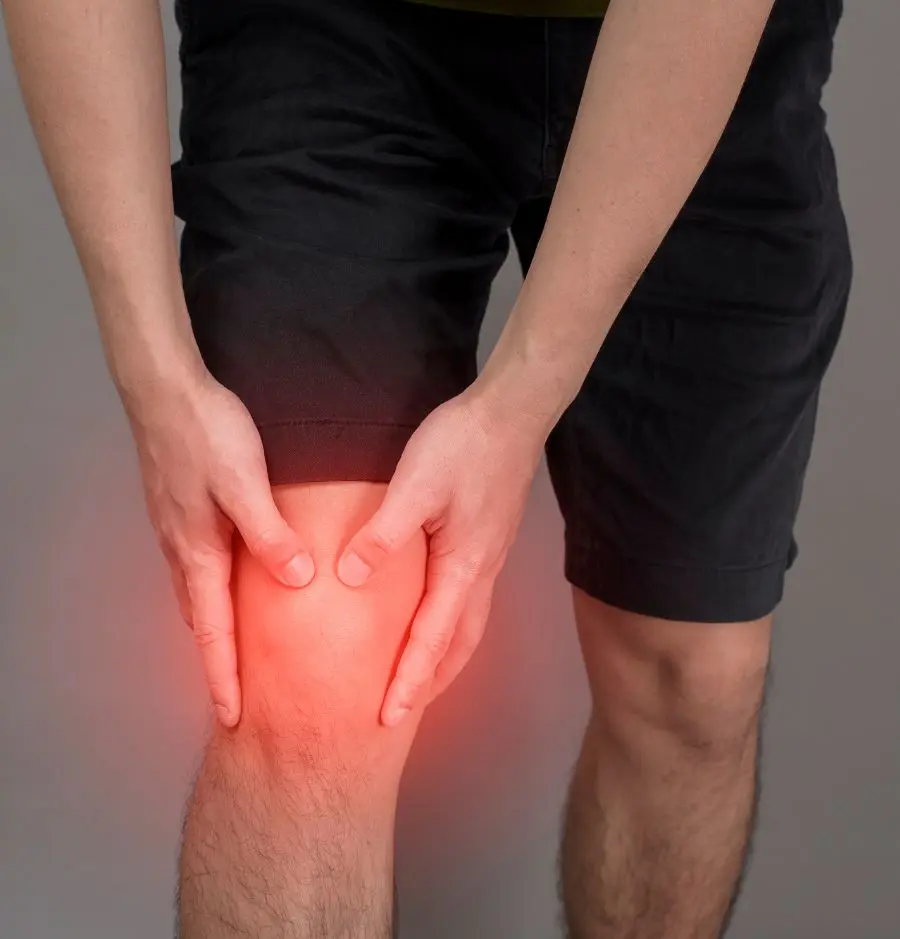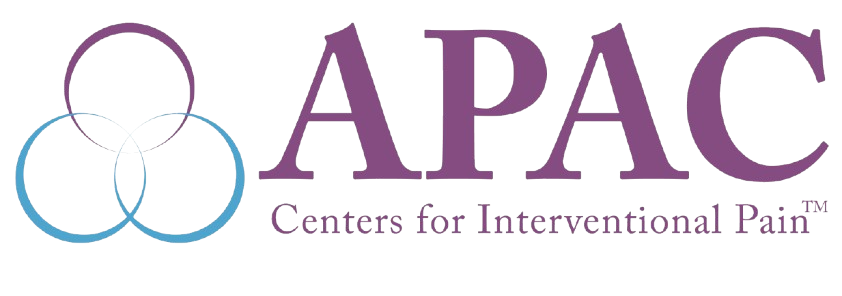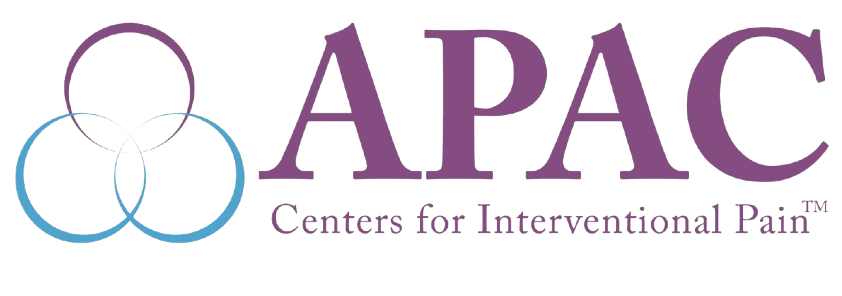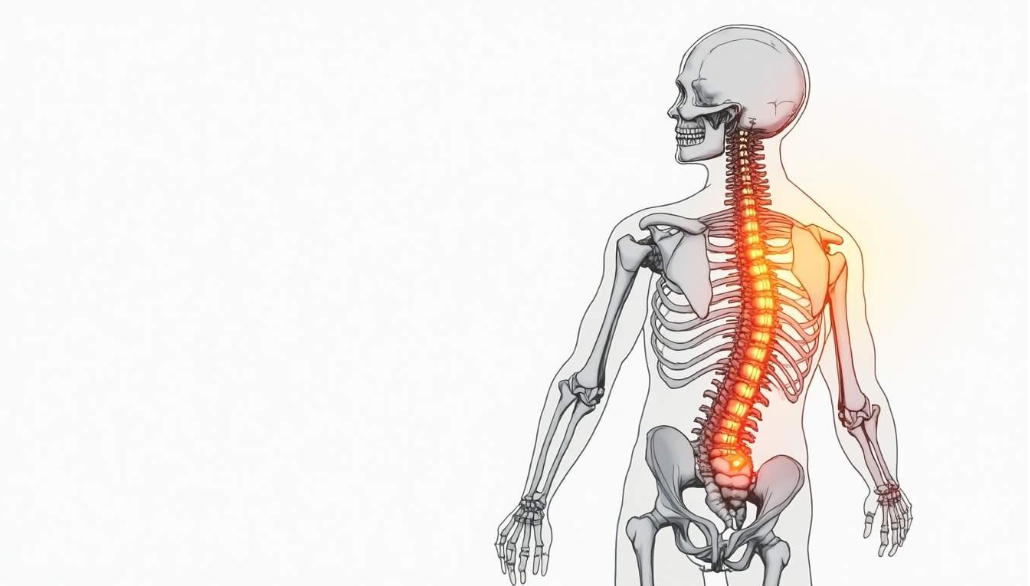Genicular Artery Embolization (GAE)

Genicular Artery Embolization (GAE)
Genicular artery embolization, or embolization of the knee, is a minimally-invasive procedure to reduce knee pain for patients with osteoarthritis (OA), by reducing the blood flow to the lining of your knee, known as the synovium. By blocking these extra arteries, there is a reduction in the amount of inflammation associated with osteoarthritis, a process that can eliminate the associated knee pain. This is particularly useful in arthritis that is exacerbated by going up and down stairs, or up and down incline or decline terrain.The mild® procedure is one of the most effective, minimally invasive treatments for LSS (Lumbar Spinal Stenosis). It is the go-to for many patients when they need an alternative to pain medication, surgery, and other conservative therapies. If you are considering it, you must have questions about how it works and how to get the most impact from mild®.
Who Is a Candidate for GAE?
- Those living with Osteoarthiritis knee pain
- Individuals who are not suitable for a knee replacement
- Patients who have not had positive outcomes with conservative treatments, such as physical therapy, and injections without significant relief.
During Your Procedure
A special x-ray machine will take pictures that guide your doctor during the procedure. You will be lying flat on the table. Both a technician and doctor will be in the room with you during your procedure.
Your heart rhythm and blood pressure will be monitored. Your leg will be cleaned with a special soap, then covered. The area will be numbed, then a small catheter is inserted through an artery in your leg and guided to your knee. You may feel pressure, but you should not feel any pain.
With the use of X-rays, your doctor will guide the catheter to the arteries supplying the lining of the knee. Tiny particles are then injected through the catheter into these arteries, reducing the blood supply. This in turn reduces the inflammation associated with osteoarthritis, which alleviates the pain. Finally, the catheter will be removed and pressure is held over the area the catheter was inserted.

Recovery and Return to Activities
You will spend one to two hours in our recovery area before being able to go home. You will be scheduled for a return visit to see us about l month after the procedure. Complete recovery from GAE usually takes 2 to 5 days at most from the time of the procedure.
The day of your procedure:
- Limit your activities and get plenty of rest.
- Do not drive for 24 hours if you received xanax/sedation
- There are no restrictions with showering
The days following:
No physical exertion or heavy lifting (greater than 10 lbs.) is allowed for the next 3 days. Slowly increase your physical activity. Depending on your work and its demands, you may return to work.
Always there to care.
Customer Reviews








